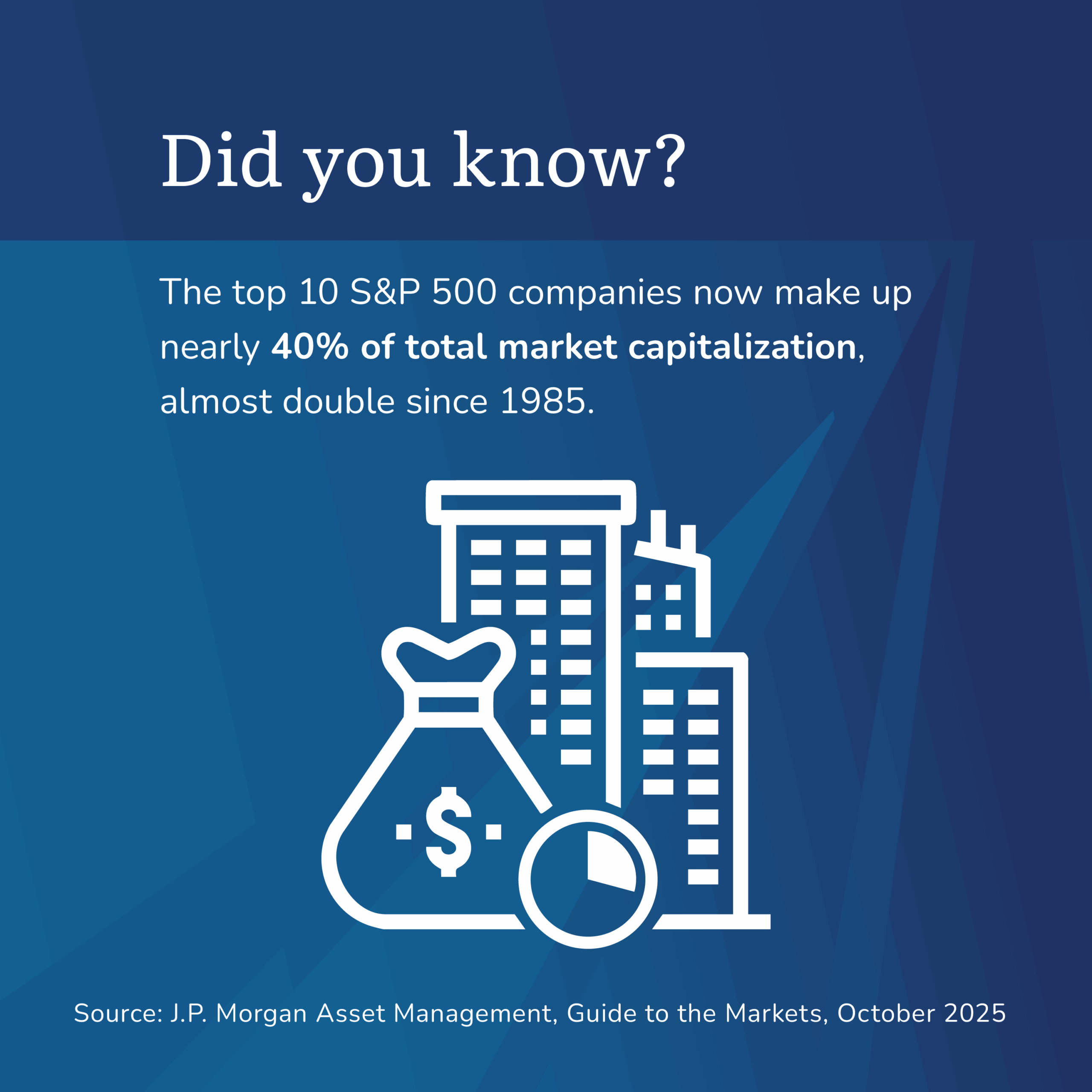Dangerous Measures: The Fine Art of Calculating Returns
The person responsible for translating the math chapter of my book, Wealth Management, into Japanese told me, “You give me much headache.” Welcome to the math chapter.
Okay, class, today we’re going to be discussing one of the most common activities for financial planners, namely, the calculation of investment returns. Accounting in some measurable way for changes in investment values is fundamental to the work of financial planners. It may come as a surprise to you that such a simple concept is fraught with danger. The danger lies in the potential misuse of valid measurements.
There wouldn’t be much room for confusion if there were only one valid measure of investment return. Unfortunately, the mathematics of finance offers many choices. Among the most common are:
- Current return
- Total return (holding period return)
- Real return
- Compounded return
- Time-weighted return
- Dollar-weighted return (internal rate of return (IRR) and modified IRR)
- Arithmetic return
- Risk-adjusted return
- Sharp ratio
Let’s consider each and I’ll simplify the discussion by assuming that we’re referring to the income received for a full year.
Current Return
This is perhaps the most popular measure with investors and some mutual fund marketing mavens. It is frequently referred to as the yield or payout. It’s an attractive measure because it provides a simple measure of the annual payout on an investment.

Although simple, this measure has a major problem. Consider the number we use for total income. That single number doesn’t distinguish the nature of the income. Is it interest income or principal payments, or capital gains, or some combination of those? There’s no way of knowing how consistent an income stream will be in the future. I’ll promise to pay you a current return of 20 percent per year as long as you don’t ask me for any money after five years.

Okay, let’s focus on the interest income. Will that resolve the problem? Not necessarily. The bond fund we’ve invested in may hold many premium bonds. Those are bonds that were issued when interest rates were much higher, so although we receive significant current annual income, some of that is actually a return of principal. When bonds mature they will be paid off at par not at the bonds’ current market premium value.
Now we can talk about some measures that may be more useful.

This simple measure eliminates potential misleading factors that affect current return, but it fails to answer a number of important questions. Measuring total return is only a starting point in evaluating investment returns.
Real rate of return = Total return minus Inflation rate
Another simple but very important calculation determines what investment advisors call “real return”—how much did an investor actually make after inflation. Earning 10 percent if inflation is 3 percent would be nice, but if a few years later inflation is 8 percent and they’re still earning 10 percent total return, that wouldn’t be so nice. All our clients live in the real world, so all of your planning should be based on an “after inflation” real return.
Compounded Return
Now we’re getting to the number most investors are looking for: “What did I earn last year?” The most common measure is called the Internal Rate of Return (IRR). It’s also known as the dollar-weighted return. This calculation considers the timing of additional investments your clients made and/or withdrawals they took during the year and the return of the investments in the portfolio.
Time versus Dollar-Weighted Return
We’re not done yet, one more to go. The power of IRR to include interim additions and withdrawals from the portfolio is also its Achilles’ heel. If you’re evaluating the performance of a portfolio when you have control of the external cash flows, the IRR provides a valid measure. If you have no control of the external cash flows—when your client adds or withdraws money—you need to consider using two measures. The IRR will provide a valid measure of your client’s portfolio performance; however, it will not answer the question of how successful your recommendations were.
To answer that question, you need an alternative investment-return calculation known as the Time-Weighted Return (TWR). Basically, this measure calculates how the investment would have performed if no new additions or withdrawals had been made during the year. After all, if you and your selected money managers have no control of the timing of external cash flows, your performance should not be penalized (or rewarded) for your client’s unfortunate (or fortunate) investment timing.
For example, consider the results of two investors, each of whom invested in the same mutual fund. Investor A invested $90 at the beginning of year one and an additional $10 at the beginning of year four. Investor B placed $10 in the portfolio at the beginning of year one and $90 at the beginning of year four. Here are the results of their investments:

So there you have it, two investors, investing in the same portfolio, resulting in six different performance numbers. What do those numbers tell us? The average annual return? Not much. The dollar-weighted return? Investor B was lucky and invested the bulk of his money at opportune times and the advice was credited with a 9 percent annualized return.
This blog is a chapter from Harold Evensky’s “Hello Harold: A Veteran Financial Advisor Shares Stories to Help Make You Be a Better Investor”. Available for purchase on Amazon.
Categories
Recent Insights
-

Here’s How To Take Your Wine Investment Portfolio to the Next Level
Many investors exploring the world of wine as an asset start with a handful of bottles or a platform account. However, the real challenge (and opportunity) lies in taking a portfolio from “starter” to strategically optimized.
-

The OBBA §179 Deduction: Conversations Every Business Owner Should Be Having
It’s all the buzz… Congress passed another “new law” — the One Big Beautiful Bill Act (OBBBA). In it, major changes to the OBBA §179 deduction start in 2025. For small and mid-sized businesses, this could result in significant tax savings and better cash flow when investing in equipment, technology, or improvements. Forget all the…
-

Collaborative Divorce: Navigating Legal and Financial Decisions with Clarity
Divorce can be one of life’s most challenging transitions, affecting both emotional well-being and financial stability. How the process unfolds can influence your future for years to come. Collaborative divorce offers an approach that emphasizes clarity, control, and cooperation. While it may not be right for everyone, it provides a structured path for families who…
-

Giving Back—and Giving Forward: A High-Level Look at Charitable Lead Trusts
For families and individuals who want their wealth to reflect their values, estate planning is about more than numbers—it’s about purpose. Many seek ways to have a lasting philanthropic impact while also ensuring their loved ones are supported for generations. A Charitable Lead Trust (CLT) is one strategy that can help accomplish both. Real-Life Scenarios:…
-

Talk Your Chart | Artificial Intelligence, Global Markets, And What Really Drives Returns | Ep. 73
In Episode 73 of Talk Your Chart, Marcos and Brett begin by diving into the ongoing debate about Artificial Intelligence (AI) and its potential as a market bubble. They explore the real-world implications of AI for the economy, industries, and global markets. Drawing on historical market comparisons, such as Alan Greenspan’s 1996 warning about “irrational…
